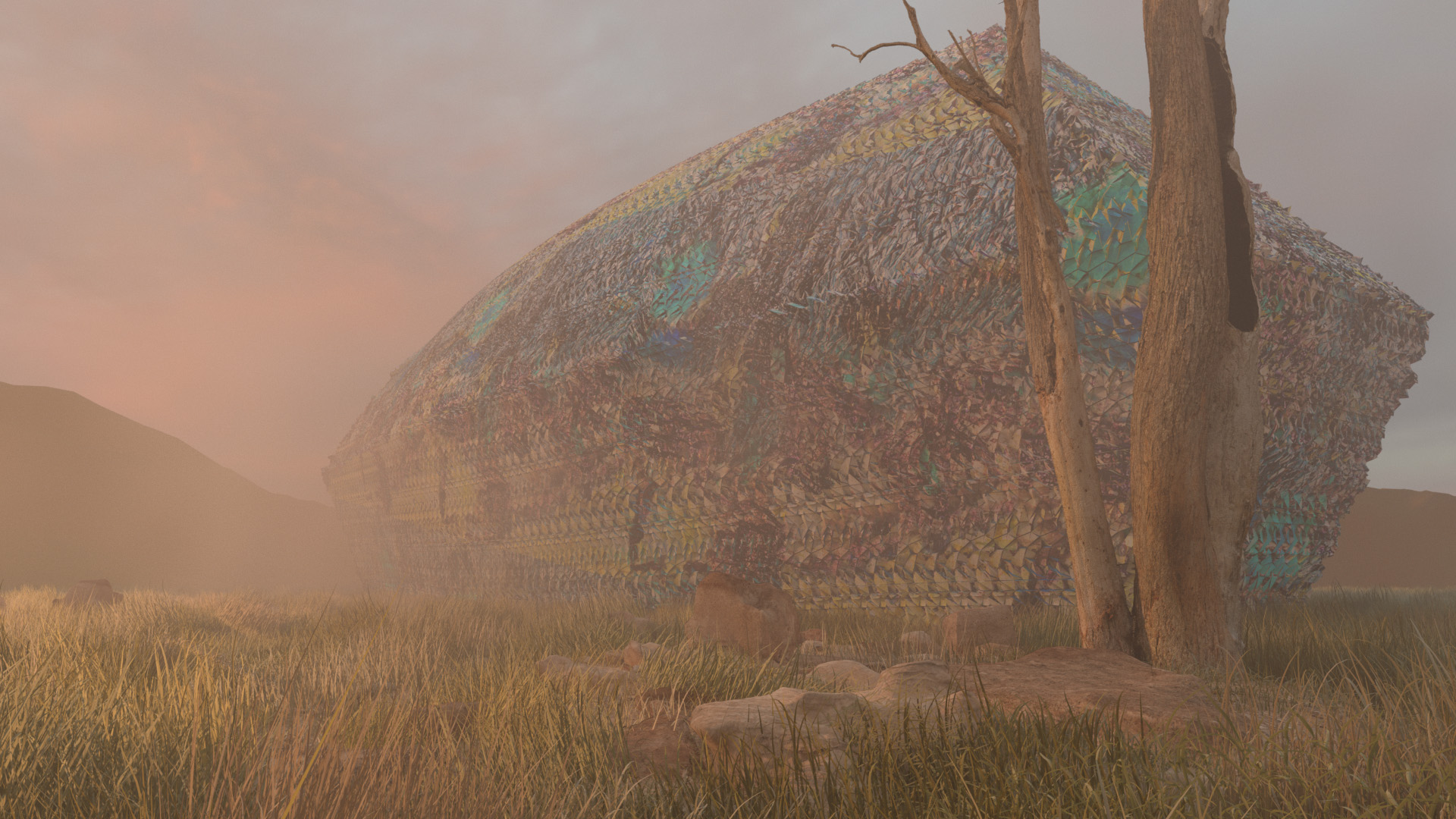
[Sci-Arc, Architectural Technologies]
Wildfires are a natural ecological process common to the California landscape. However, changes to our climate have increased both the frequency and intensity of these fires across the state. With prioritization on preserving human life, California’s systems are less suited to handle the animal species (wild and domestic) that also inhabit these high-risk zones.

Our team was asked to conceptualize, digitally simulate, and prototype a full scale synthetic habitat designed to aid in the survival of animal species during wildfires. The design of these survival ‘capsules’ considers the behavior and physicality of the local wildlife while considering concepts of habitation, protection, and insulation from the extreme heat from fire.
Project draws from a variety of traditional ceramic techniques that employ additive and subtractive processes for formal and graphic effect. Sgraffito (removing surface material to expose colors/clays below), Zogan (inlayed colored glaze/clay), and Slip Trailing (applying slip in patterns on the surface of clay) are a few of the ceramic techniques for which we have developed a contemporary visual language. Ceramic component prototypes were fabricated using ceramic molds, Staubli robotic arms, and customized robotic ceramic tools to extrude clays, mill clays, and paint with glazes.